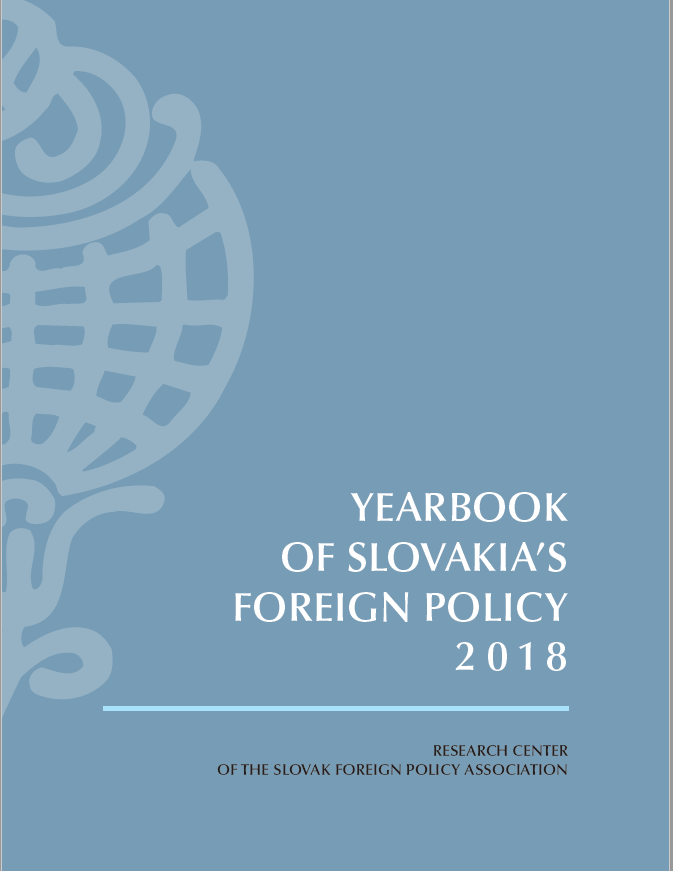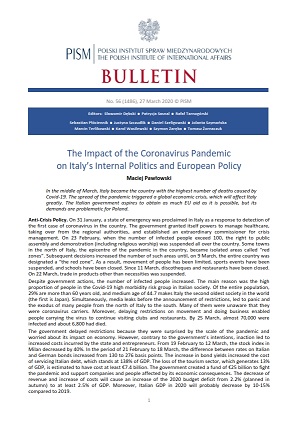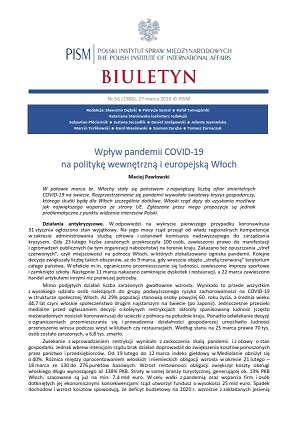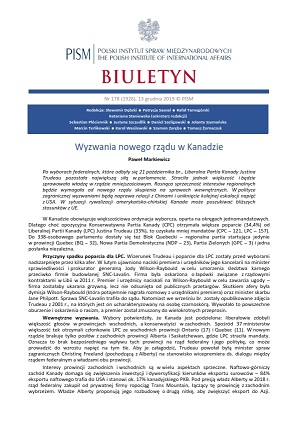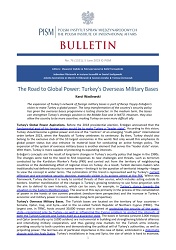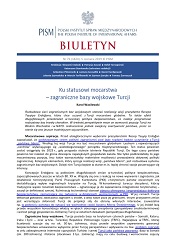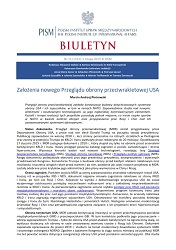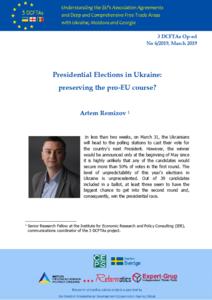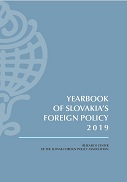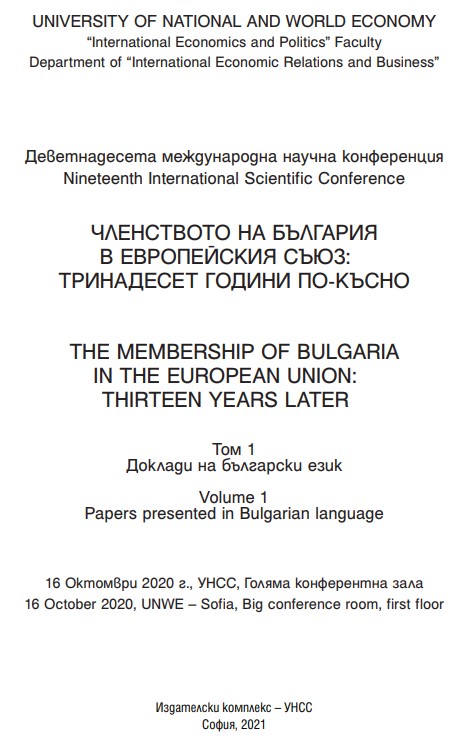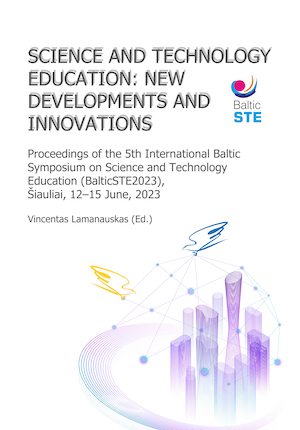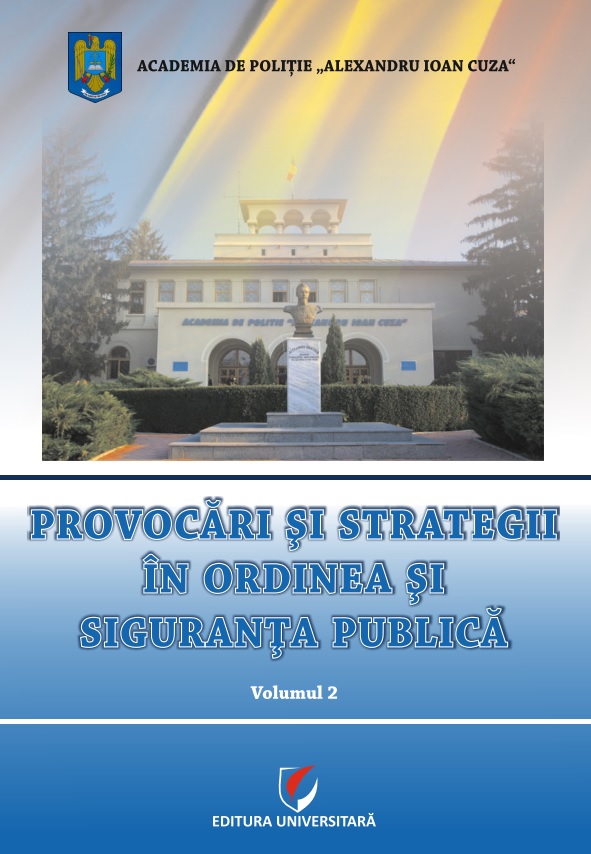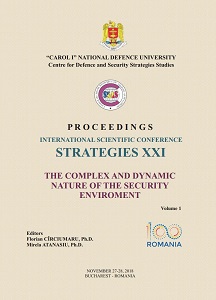
PERCEPTION OF THE SECURITY ENVIRONMENT THROUGH NATO MEMBER STATES’ STRATEGIC DOCUMENTS
PERCEPTION OF THE SECURITY ENVIRONMENT THROUGH NATO MEMBER STATES’ STRATEGIC DOCUMENTS
Keywords: security environment; strategic environment; threat assessment; threat perception; NATO;
Development of armed forces in the long-term requires a complex understanding of emerging security challenges that will potentially need to be addressed. This contribution will focus on how selected NATO member states differ in perception of the security environment through their strategic documents focused on a long-term view for defence. A threat matrix based on these conceptions exposes several differences in security environment assessment among the Alliance member states. However, these countries should ideally perceive their security concerns as interconnected and shared to achieve greater cohesion and support for joint responses. The analysis also reveals an abrupt change in the assessments following the Russian military intervention in Ukraine.
More...
